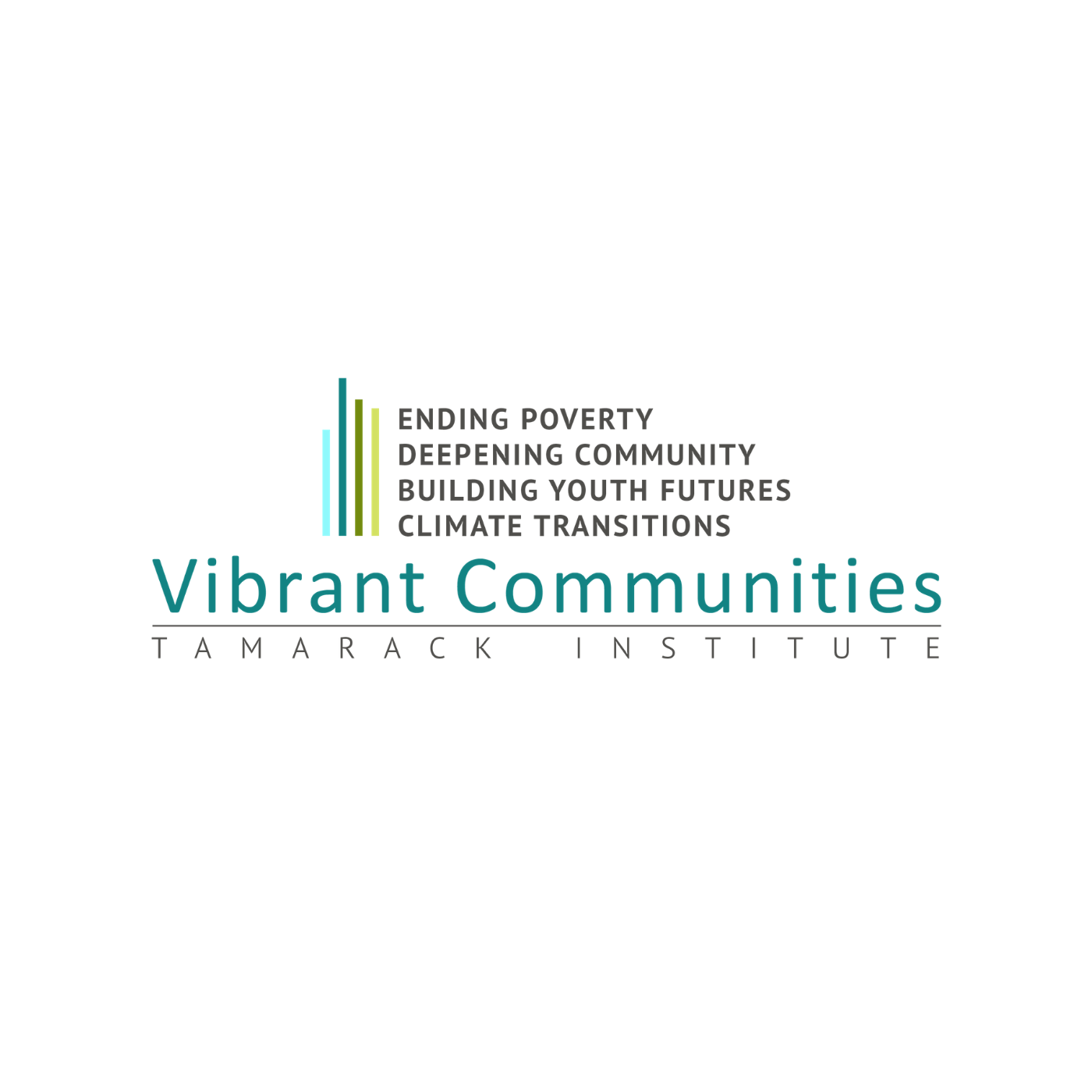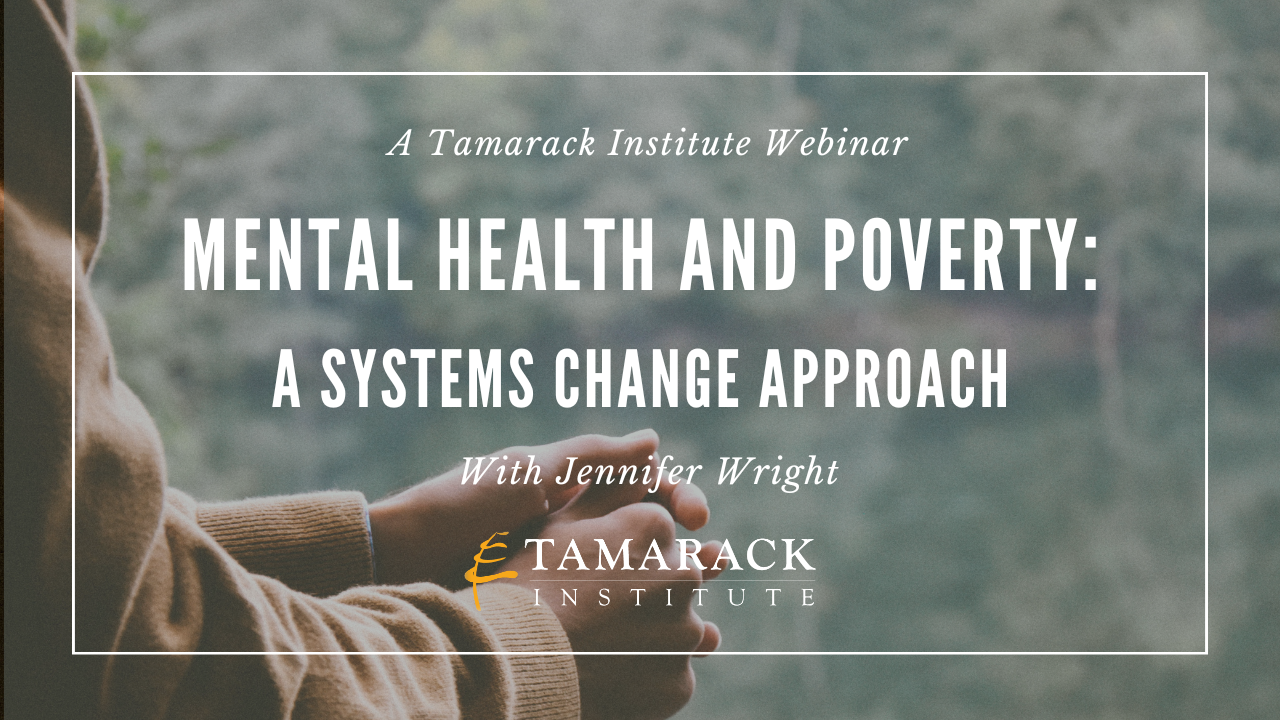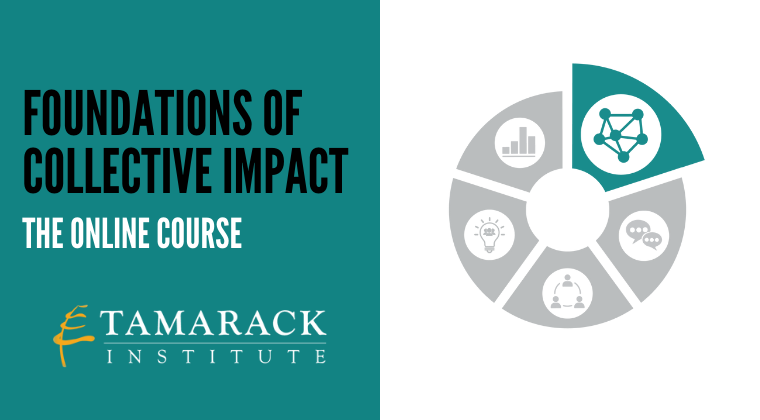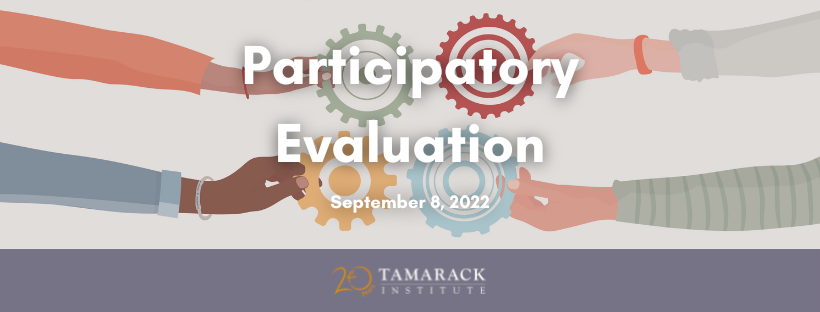Across the country, over a million families struggle to make ends meet despite working one, two or sometimes even three jobs and have to choose between putting food on the table and paying electrical bills. Now more than ever, it is critical we find a solution that works for all Canadians.
In this webinar, the speakers highlighted strategies that each sector can undertake to help end working poverty. They explored topics like living wage, financial empowerment, and basic income as interlocking strategies that together can address the complexities of working poverty.
This webinar is part of a series on Ending Working Poverty.
Watch the Webinar Recording
Great Questions raised during the webinar:
How can these strategies impact people in working poverty in rural areas?
Basic income and living wage employers can be implemented anywhere. Rural communities may find it more challenging to put in place some financial empowerment supports. We have found that leveraging other partner sis a good strategy. I.e. CPA Canada has volunteers across the country who are trained to deliver financial education sessions on a wide range of topics. CPA Ontario also run tax clinics in Ontario led by CPA volunteers to help people with low-incomes to tax file. In the north, some of our community partners in northern cities partner with surrounding rural and remote communities to provide tax filing support at tax time. There are also virtual filing models to address mobility and distance barriers. We are just beginning to pilot these in Canada, but they have been operating for a while in the United States through their VITA program. – Liz Mulholland
What is the timeline of the Financial Empowerment spectrum, from survival to thriving? (ex. 3-5 years?)
There are many factors determining where you land on this spectrum, which direction you move in and how far. It really depends on the individual, where they are starting from, their context, their capacities, and the supports available to them. There is no set course. Most of us actually move back and forth along this spectrum at different times in our lives – e.g. if you get a serious illness that prevents you from working for any length of time, you may move to the left. If you finish paying off your student debt and significantly increase your retirement savings, you may move to the right…
Is there potential to build Basic Income the same way the Canada Child Benefit was built – start with a relatively modest benefit and grow it over time?
I think so. We did it with children. Why not with working age adults? It requires political will. – Liz Mulholland
Are there recommendations that are being advanced that are effective in addressing inequalities between various groups? (ex. racialize, immigrants, females)?
In our work, we develop tailored resources and interventions for newcomers, people with disabilities and Indigenous Peoples, in partnership with organizations from these communities with deep expertise and connections to the target population. We’ve found this is the best way to ensure interventions are relevant and effective and do not add to existing inequalities. I can’t really speak to the broader policy landscape. Sorry! -- Liz Mulholland
Take Your Learning Further
- Learn More about Prosper Canada, PenFinancial Credit Union and the Hamilton Poverty Reduction Roundtable.
- Check out PenFinancial's "Our Rally Cry" video.
- Read more about ABLE Financial Empowerment Network’s brief Financial Empowerment: What it is and how it helps to reduce poverty and Financial Wellness in the Workplace
- Go Deeper and learn about the Basic Income in Canada and CEOs for Basic Income.
- Explore the Ontario Living Wage Network.
-1.png?width=700&name=The%20End%20of%20Poverty%20Webinar%20(2)-1.png)








.png)

.png?width=820&name=2020%20Free%20Community%20Building%20Webinars%20820%20FB%20(1).png)





.png?width=820&name=MicrosoftTeams-image%20(9).png)



